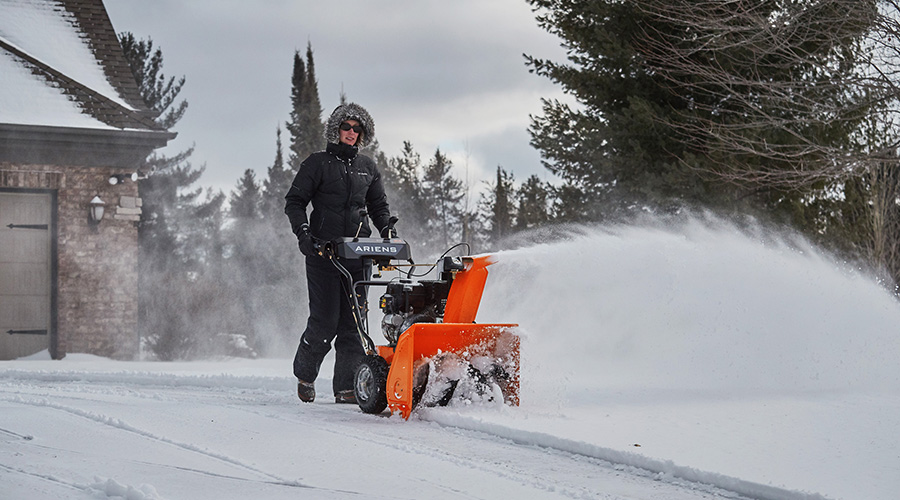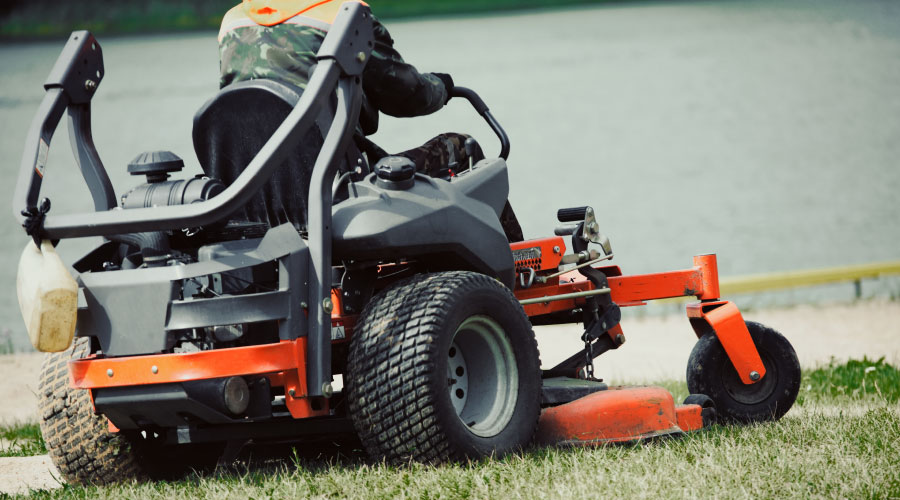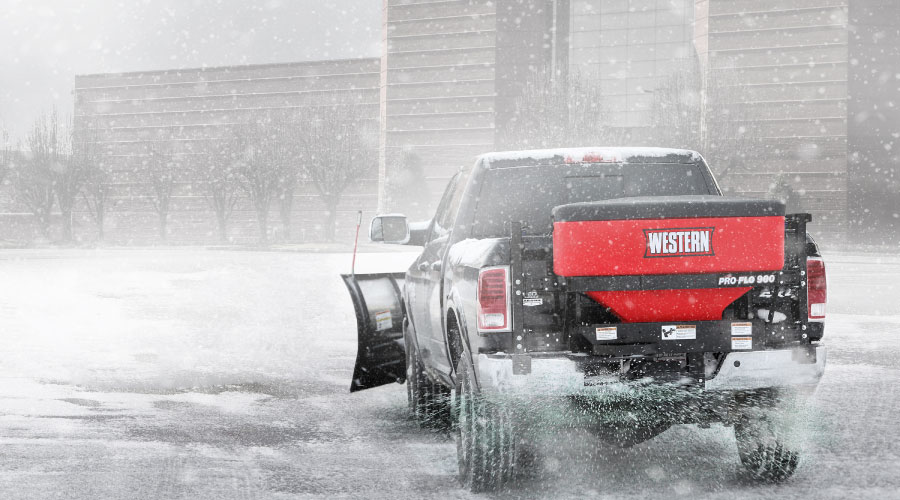Lessons Learned From Utility Vehicle Specification
Successfully specifying utility vehicles is more art than science, and managers can easily make mistakes. The goal is to learn from the mistakes. One common mistake managers make is failing to seek input from those closest to the situation.
"When I started, I bought two (vehicles) for our chalet, which has toboggan runs," Wegas says. "I needed a vehicle that could haul toboggans. I was focused on capacity — the biggest thing that hauls the most weight. I didn't even consider asking the operators. Those vehicles are still in service today after 17 years, but I still hear about it because the vehicles are not user friendly. They're low to the ground. They're super-wide. I walked away saying, 'Boy, did I mess that up. I should have talked to the operators first and asked about their needs.' Then I would have seen what they want. Their needs would have been turning radius, good clearance so when they're traveling over snow on trails that they don't get stuck."
Another common mistake managers make is failing to consider the life-cycle costs and instead focus on initial cost.
"Cost is not the driving force," Holysz says. "We all want to pay the lowest amount possible, but if it doesn't perform to your expectations in terms of durability or longevity, then you're stuck with a piece of equipment that is seldom used."
Related Topics:













